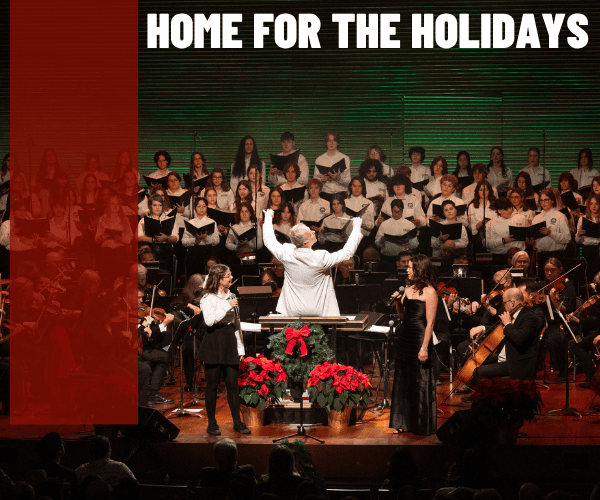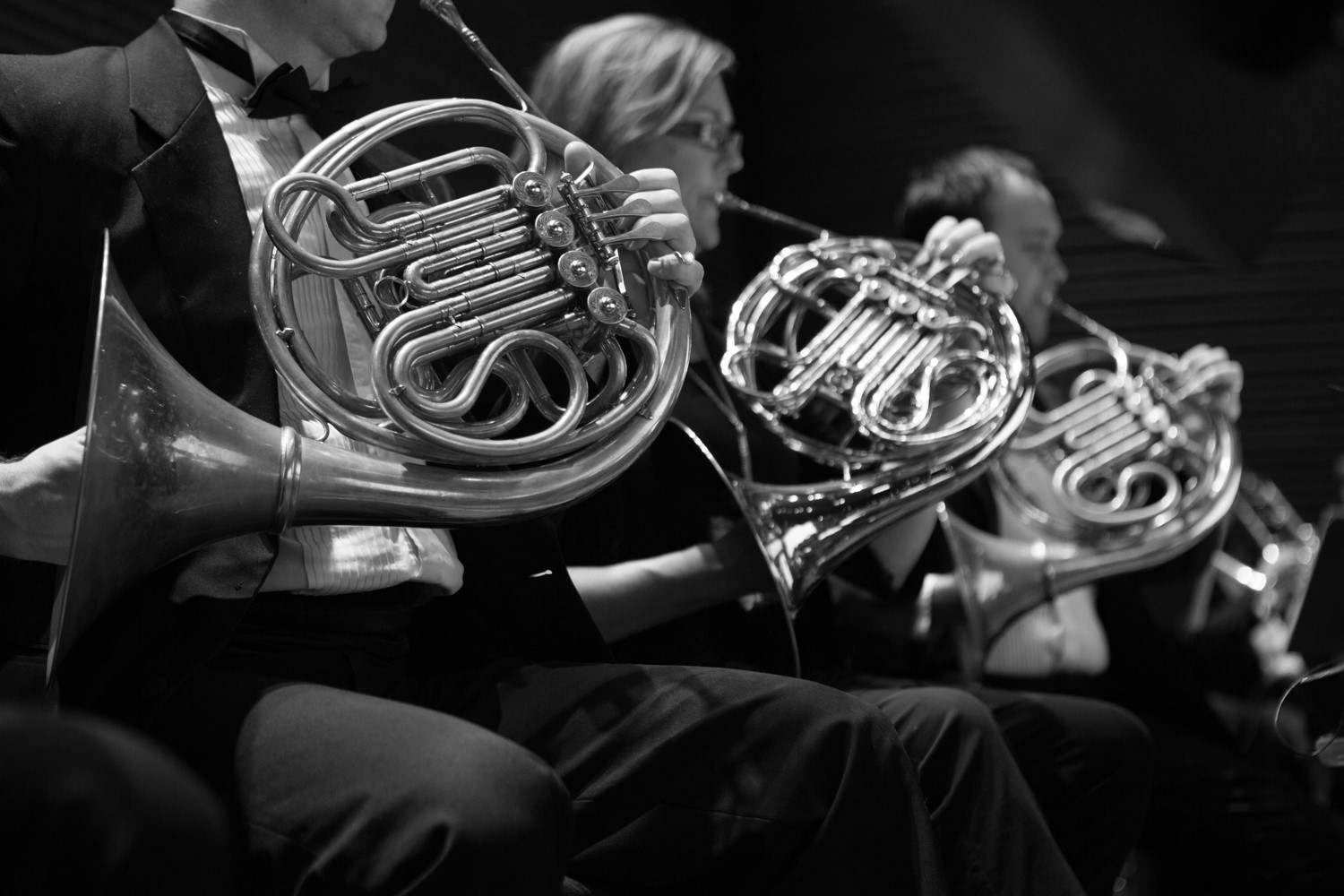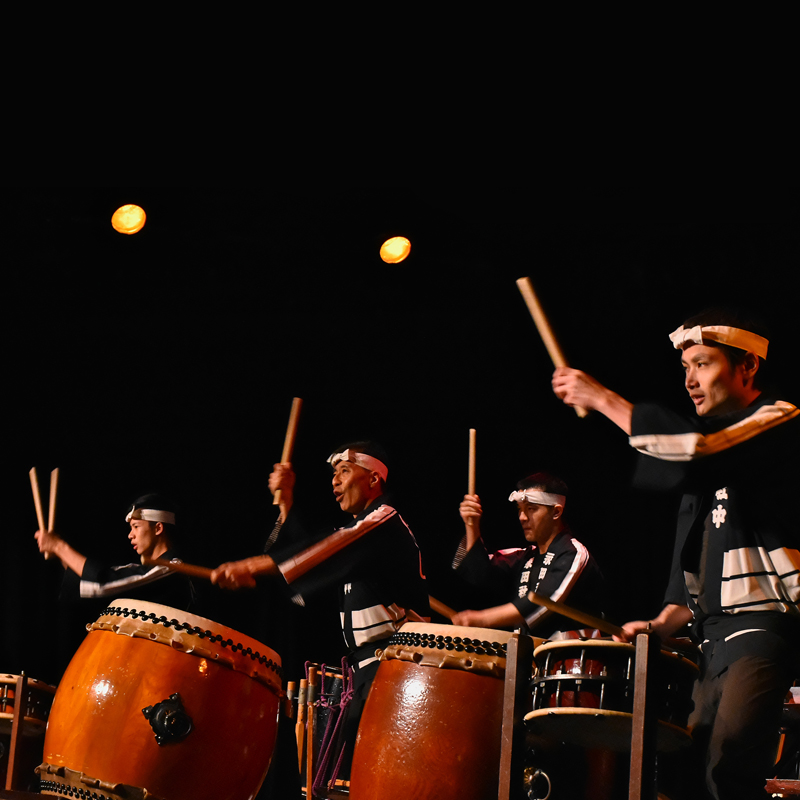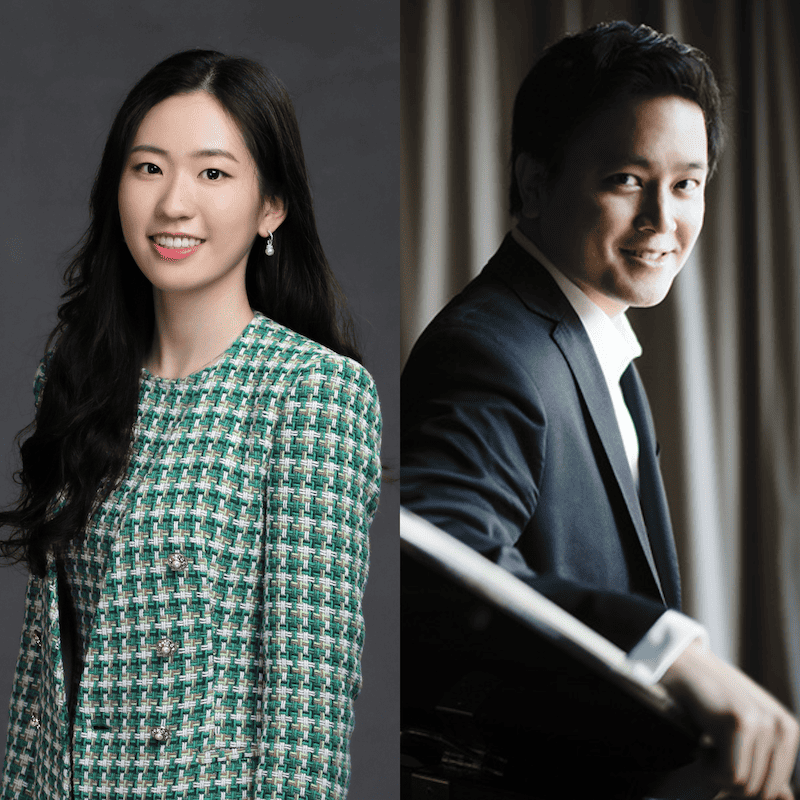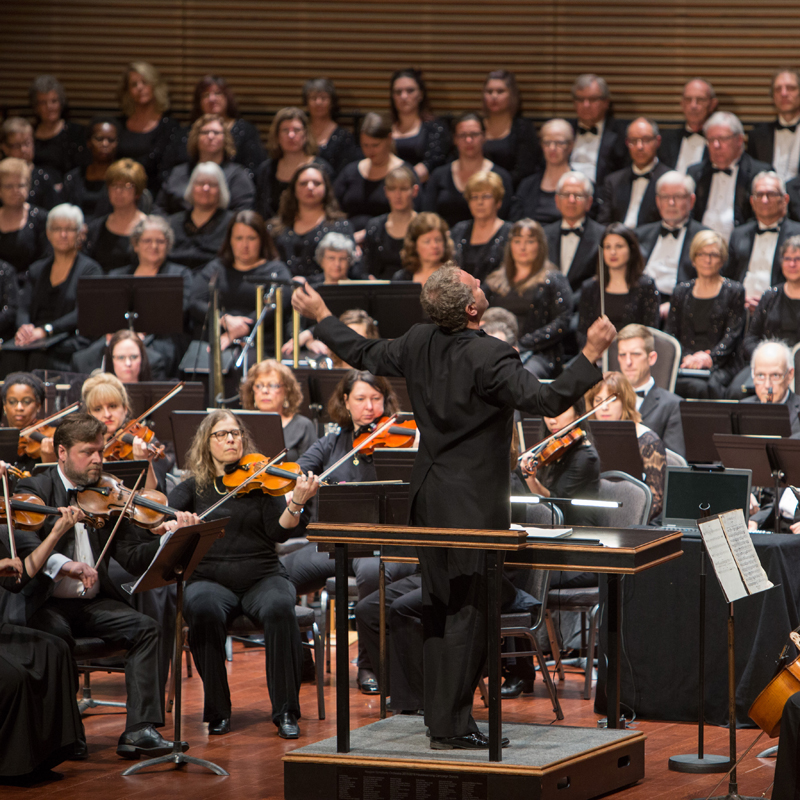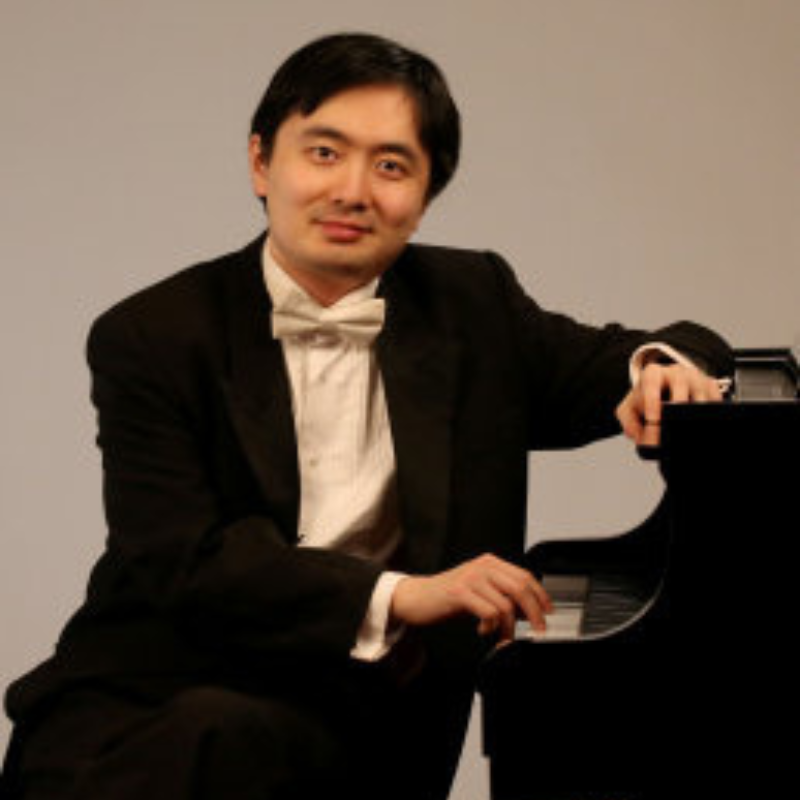
Sheng Cai and Rachmaninoff
Partridge Hall 250 St Paul St, St. Catharines, Ontario, CanadaCommissioned to celebrate Canada’s 150th Anniversary by the Toronto Symphony Orchestra and Symphony Nova Scotia, Dinuk Wijeratne’s fanfare, Yatra, is a fitting way to open the NSO’s Diamond Anniversary Season. Sheng Cai, a Canadian pianist with a growing international reputation, brings his dynamic force to Rachmaninoff’s Piano Concerto No. 2, popular with audiences and pianists alike; numerous films including David Lean’s romantic drama Brief Encounter utilize the music in its soundtrack. Dvořák’s Symphony No. 9, “From the New World,” has become a universal favourite! Known for its famous English Horn solo in the second movement, astronaut Neil Armstrong even took a tape recording along during Apollo 11’s mission in 1969.
